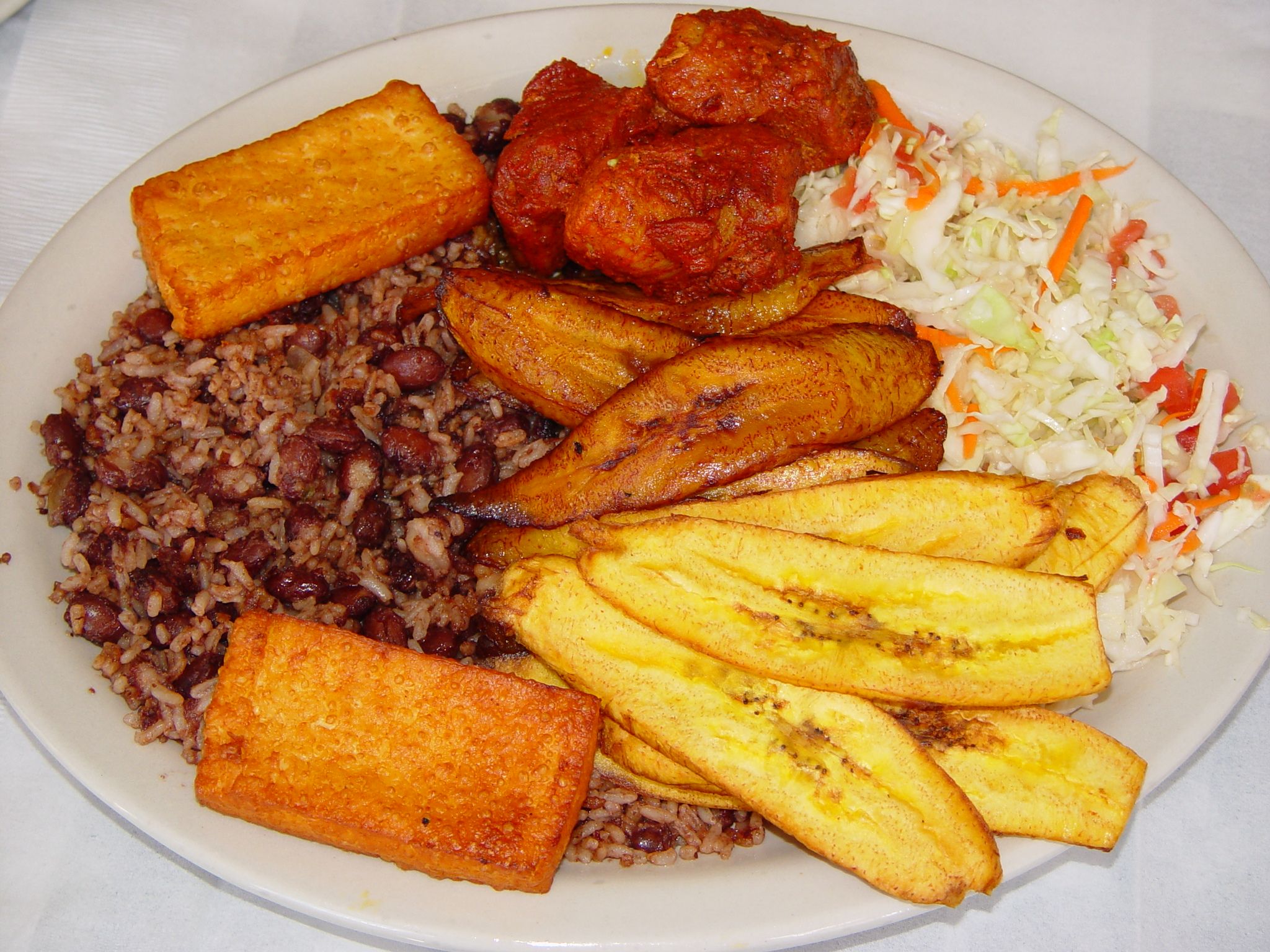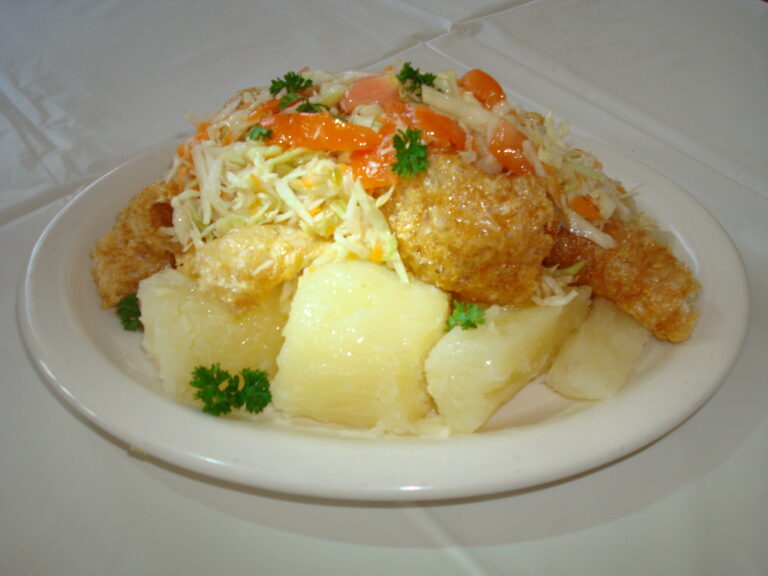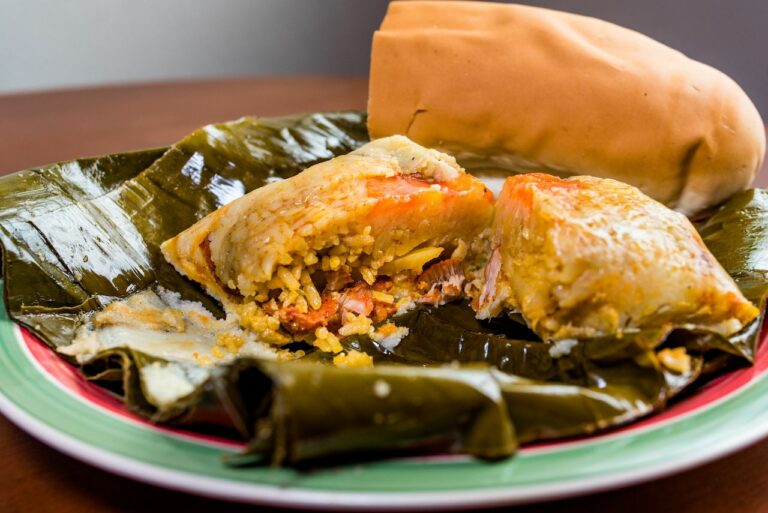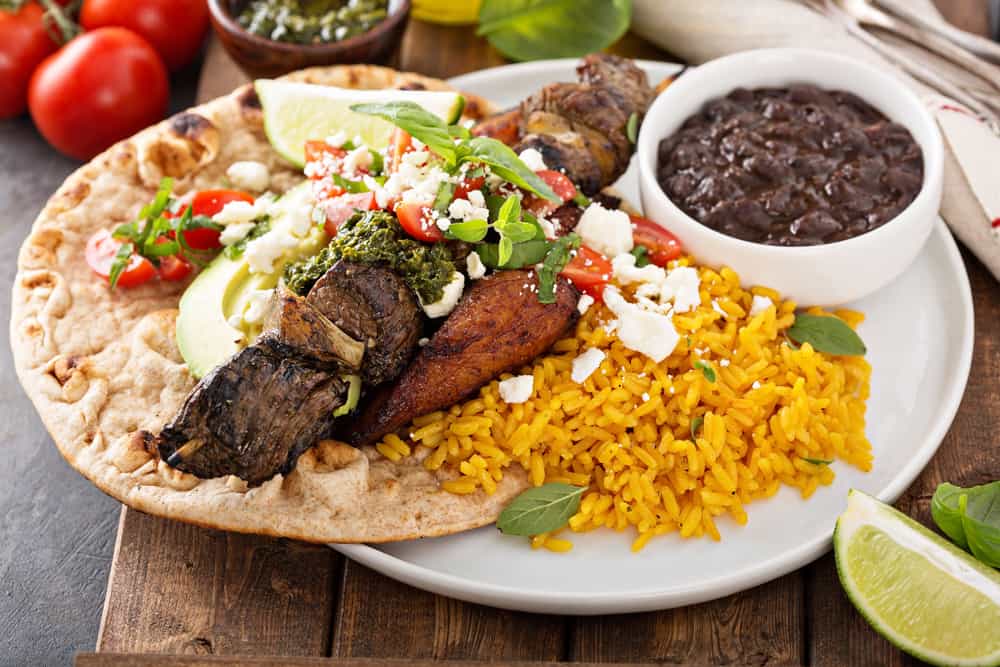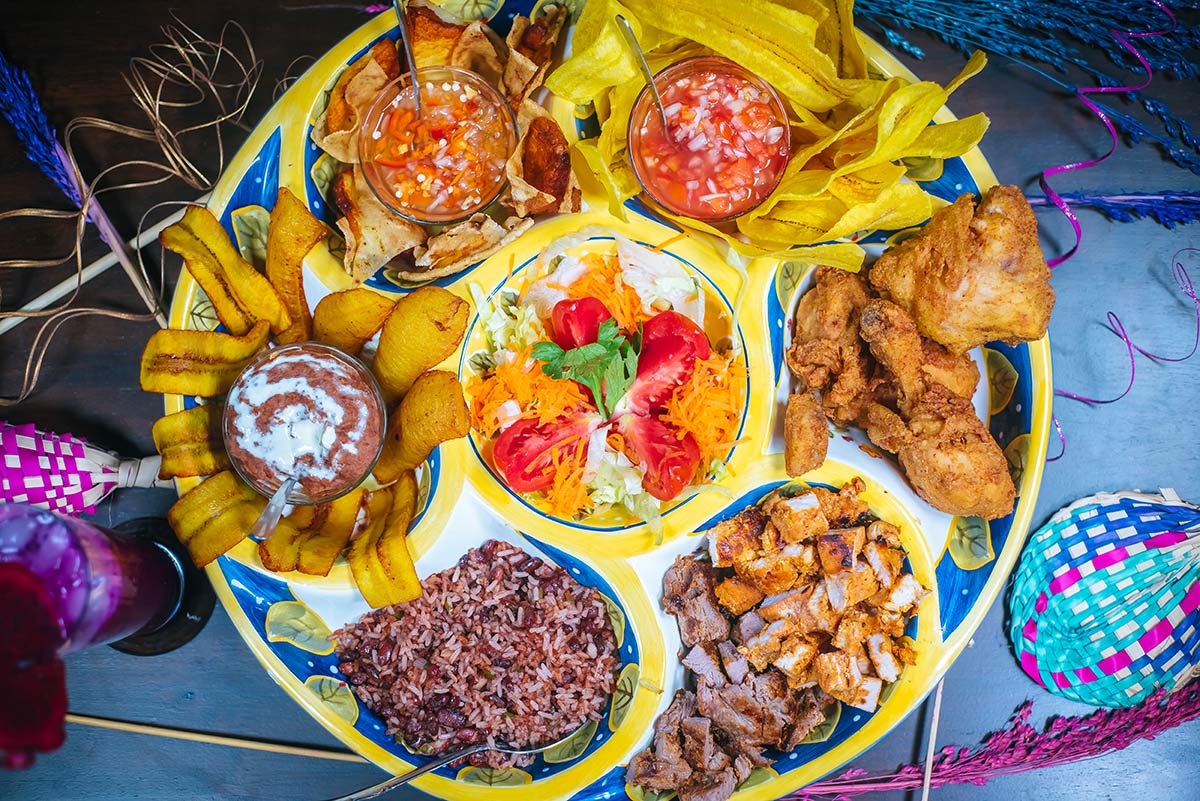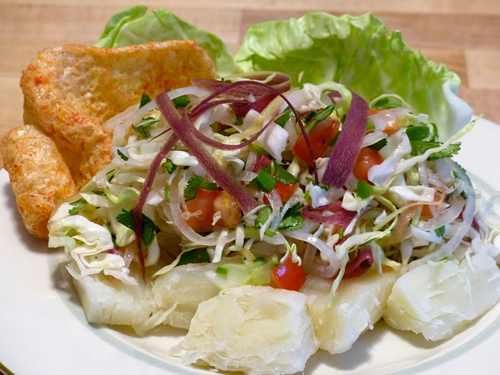Introduction: Nicaraguan cuisine and dietary restrictions
Nicaraguan cuisine is a fusion of indigenous and Spanish influences, with a rich variety of dishes that reflect the country’s history, geography, and cultural diversity. However, for people with dietary restrictions such as gluten intolerance or lactose intolerance, finding suitable food options can be challenging. Fortunately, there are many Nicaraguan dishes that can be adapted to meet these dietary needs without compromising on taste or nutrition.
Gluten-free Nicaraguan dishes: A list of options
Gluten is a protein found in wheat, barley, and rye, which can cause digestive problems for people with celiac disease or gluten sensitivity. Some traditional Nicaraguan dishes that are naturally gluten-free include gallo pinto (rice and beans), carne asada (grilled beef), ceviche (marinated seafood), and ensalada de frutas (fruit salad). Other dishes that can be easily modified to be gluten-free include sopa de pollo (chicken soup) made without noodles, nacatamales made with cornmeal instead of wheat flour, and vigorón made with yucca or plantains instead of fried pork rinds.
Dairy-free Nicaraguan dishes: A list of options
Dairy products such as milk, cheese, and yogurt can be a source of discomfort for people with lactose intolerance or milk allergy. Fortunately, many Nicaraguan dishes do not contain dairy, or can be made without it. Some examples of dairy-free Nicaraguan dishes include indio viejo (a chicken or beef stew thickened with cornmeal), baho (a savory meat and vegetable dish steamed in banana leaves), and chancho con yuca (pork with cassava root). Other dishes that can be adapted to be dairy-free include arroz con leche (rice pudding) made with coconut milk instead of cow’s milk, and rosquillas (cornmeal cookies) made without butter.
Vegan Nicaraguan dishes: A list of options
Veganism is a dietary philosophy that excludes all animal products, including meat, dairy, eggs, and honey. While Nicaraguan cuisine is known for its meat-centric dishes, there are plenty of vegan options available. Some vegan Nicaraguan dishes include guiso de papas con chayote (potato and chayote stew), sopa de frijoles (bean soup), and plátanos maduros con crema de coco (ripe plantains with coconut cream). Other dishes that can be made vegan by omitting certain ingredients include nacatamales without meat or eggs, and gallopinto without bacon or sausage.
Nicaraguan seafood dishes for pescatarians
Pescatarians are people who eat fish but avoid other types of meat. Nicaragua’s location on the Pacific coast means that seafood is a staple of the local cuisine. Some popular seafood dishes in Nicaragua include ceviche de camarones (shrimp ceviche), sopa de mariscos (seafood soup), and pescado frito (fried fish). Other dishes that can be adapted for pescatarians include gallo pinto with scrambled eggs and shrimp, and arroz con camarones (rice with shrimp).
Tips for navigating dietary restrictions in Nicaragua
If you have dietary restrictions, it’s important to communicate your needs clearly to restaurant staff and food vendors. Learn some basic Spanish phrases to explain your restrictions and ask questions about the ingredients and preparation of dishes. Look for restaurants that offer gluten-free or vegan options, or that are willing to modify dishes to suit your needs. Finally, be flexible and open-minded, and don’t be afraid to try new foods that are safe for your dietary restrictions. Nicaragua has a rich and diverse culinary tradition that can be enjoyed by everyone, regardless of their dietary preferences.

